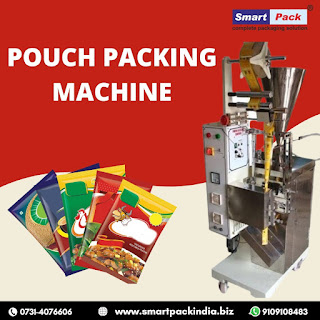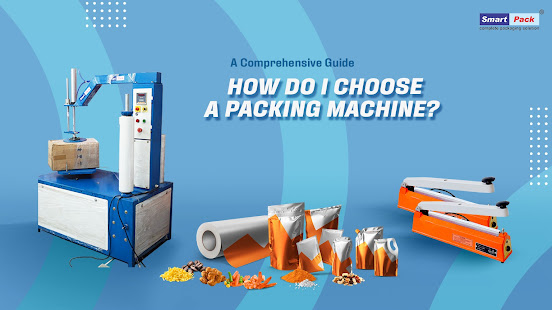How to choose the right strapping machine for your business needs
A strapping machine, also known as a banding machine or a bundling machine, is a type of equipment used in the packaging process to securely strap or band products, goods, or materials together. Wrapping machines are commonly used in industries such as manufacturing, logistics, and warehousing to bundle items such as boxes, pallets, and other packages for transport or storage.
Wrapping machines use different types of strapping materials, such as steel, polyester, or polypropylene, to create a secure band around the products. The machine typically feeds the strapping material around the products and uses heat, friction, or tension to seal the ends of the strap, creating a strong and secure band.
Knot tying machines come in different types and configurations, such as semi-automatic or automatic, and can handle various types of Wrapping materials and package sizes. Some banding machines can also be integrated into production lines to provide continuous strapping operations.
The benefits of using a tying device include improved efficiency, increased productivity, and reduced labor costs compared to manual looping methods. packaging machines also provide consistent and uniform strapping tension, which helps to ensure the safe transport and storage of products.
Packaging instruments are an essential piece of equipment for businesses that need to securely package and transport products, goods, or materials, and they can help to optimize the packaging process and reduce costs.
There are several types of wrapping device available on the market, each designed for different applications and packaging needs. Here are some common types of strapping machines:
Semi-Automatic Strapping apparatus: These machines require an operator to manually place the strap around the product or package, after which the machine automatically tensions, seals, and cuts the strap. Semi-automatic devices are ideal for low to medium volume operations and can be used with different types of straps.
Automatic wrapping device : These devices are fully automated and do not require an operator to manually place the strap around the product or package. Instead, the machine automatically feeds, tensions, seals, and cuts the strap, and can handle high volume operations. Automatic machines are ideal for large-scale production facilities.
Tabletop tying device : These machines are compact and can be placed on a table or bench for use. They are ideal for low to medium volume operations and can be used to strap small packages.
Side Seal Packaging device : These devices use a side seal to tension and seal the strap. They are ideal for packages that require a tight and secure seal, such as metal products or heavy-duty items.
Vertical Packaging device : These devices are designed to strap packages in a vertical orientation, such as bundles of lumber or pipes. They can use different types of straps and are ideal for industrial applications.
Pallet knot tying device : These apparatus are designed to strap packages on a pallet, such as boxes or bags. They can use different types of straps and can be used for both semi-automatic and automatic operations.
Choosing the right knot tying device for your business needs is important to ensure efficient and effective strapping operations. Here are some key factors to consider when selecting a strapping machine:
Wrapping type: The first consideration is the type of strapping material that will be used, such as steel or plastic. Different strapping machines are designed for different strapping types, so make sure the machine you choose is compatible with the type of strapping material you need.
Strapping size: The Box strapping machine you choose should be able to handle the size of the products you need to strap. Consider the width and thickness of the strapping material as well as the maximum package size that the machine can handle.
Wrapping speed: If you have a high volume of products to strap, choose a strapping machine that can operate at a high speed to keep up with your production demands.
Automation level: Manual wrapping machines require operators to manually feed the packaging material and operate the machine, while automatic machines can feed and strap products automatically. Consider the level of automation that is required for your production needs.
Machine durability: Look for a wrapping apparatus that is built to withstand the demands of your production environment. Consider factors such as the materials used, the machine's weight, and the manufacturer's warranty.
Maintenance requirements: Box Strapping machines require regular maintenance to ensure optimal performance. Consider the maintenance requirements of the machine you choose, such as cleaning and lubrication, and factor in the cost of maintenance when making your decision.
Cost: Finally, consider the cost of the strapping machine and its long-term cost-effectiveness. Look for a machine that provides the features and capabilities you need within your budget.
Choosing the right Packaging machine for your business requires careful consideration of your production needs, the materials and products you work with, and your budget constraints. By considering these factors, you can select a strapping machine that will meet your needs and provide long-term value for your business.
Features of Strapping Device
The features of a packaging machine may vary depending on the model and manufacturer, but here are some common features that you may find in a strapping machine:
Tying Material Compatibility: A good packaging machine should be able to use different types of strapping materials, such as steel, polyester, or polypropylene, depending on your packaging needs.
Adjustable Strap Tension: The machine should be able to adjust the tension of the strap to ensure a tight and secure seal without damaging the products or packages.
Automatic Feeding and Cutting: The apparatus should have an automatic feeding and cutting system to ensure the efficient use of strapping materials and reduce the need for manual labor.
Easy Operation and Maintenance: The machine should be easy to operate and maintain, with user-friendly controls and simple maintenance procedures.
Speed and Efficiency: The machine should be able to work at a high speed and efficiency to meet your production needs.
Safety Features: The apparatus should have safety features to prevent injuries and accidents, such as emergency stop buttons, safety guards, and warning signals.
Durability and Reliability: The machine should be made of high-quality materials and designed for long-lasting use, with minimal breakdowns or malfunctions.
Integration with Production Lines: The machine should be able to integrate seamlessly with your existing production line, with the ability to start and stop automatically as needed.



Comments
Post a Comment